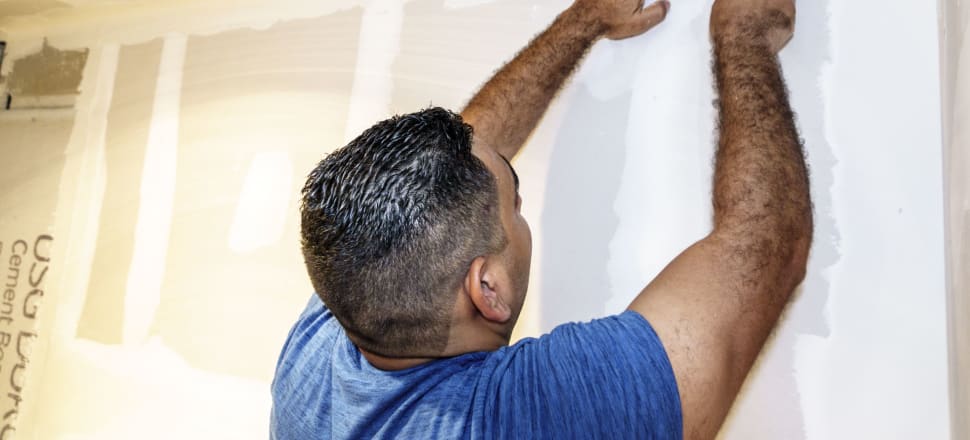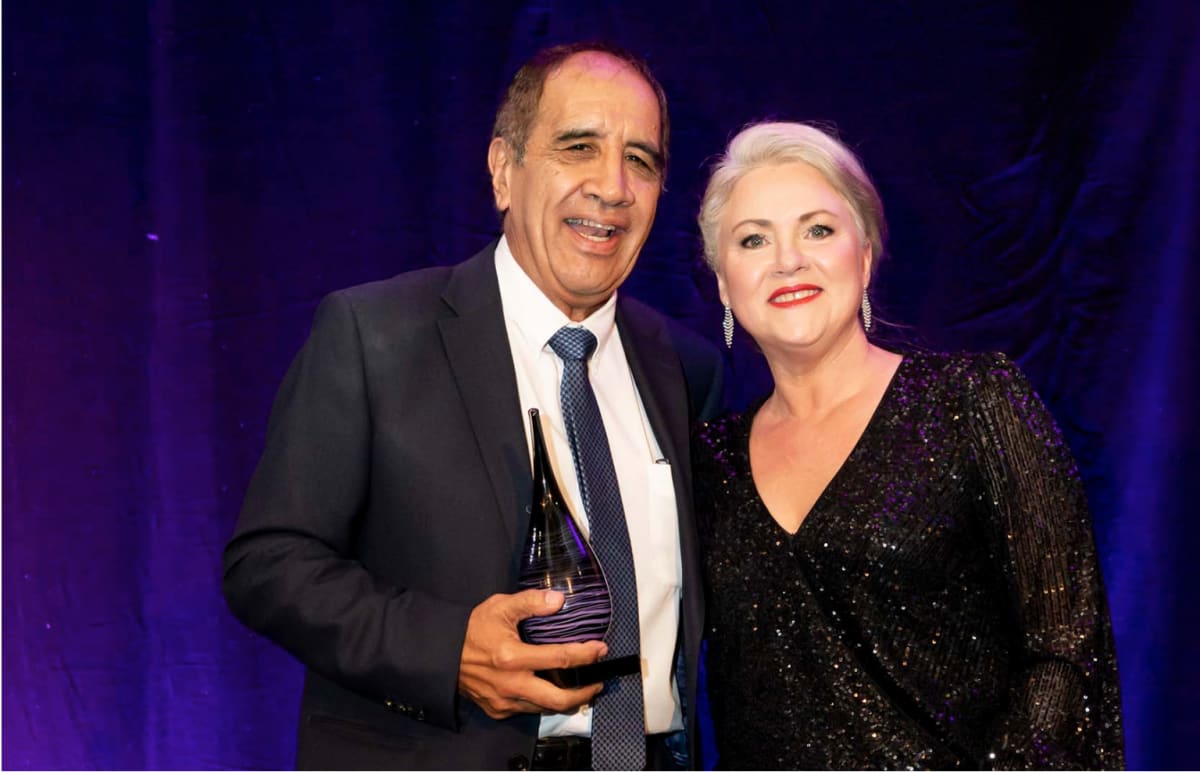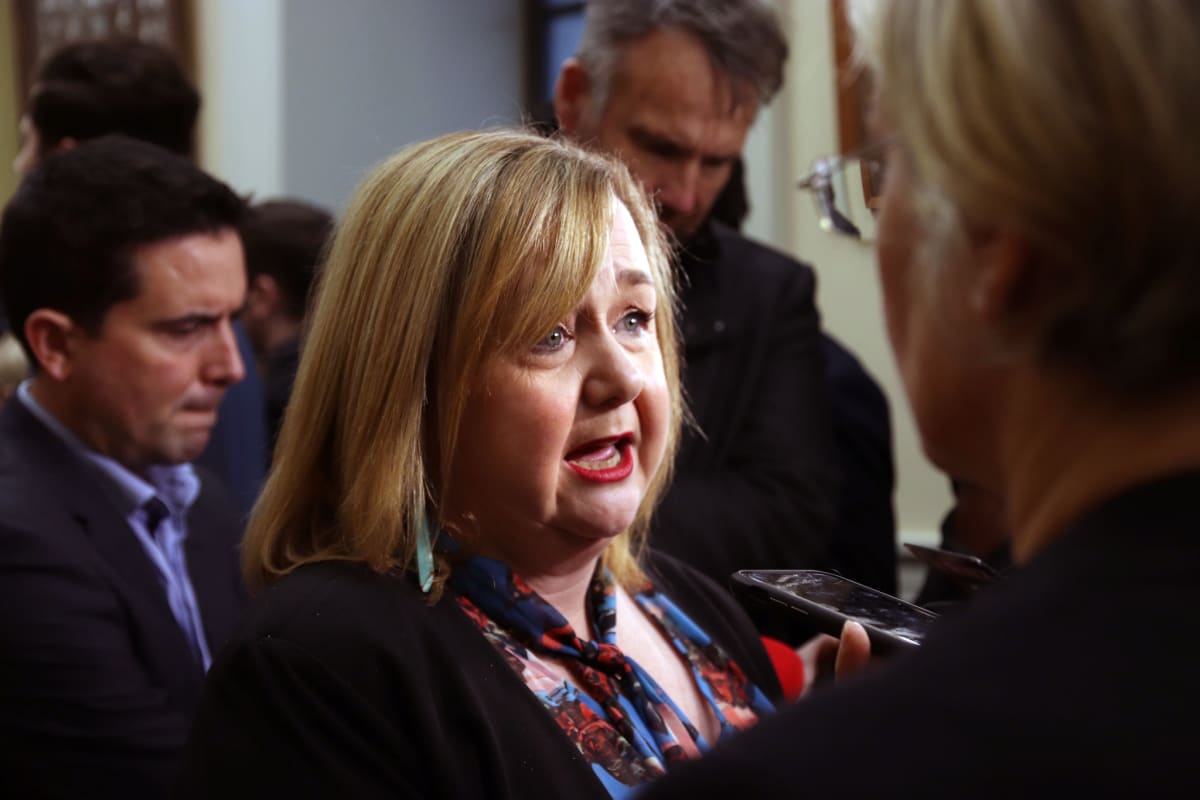
Perhaps we have been too quick to lay the blame for the present plasterboard shortage situation squarely at the feet of our biggest construction and building materials company
Winstone Wallboards wasn’t a company most of us knew much about until earlier this year, when it stopped being able to produce enough of its plasterboard product - Gib - to meet construction industry demand. Since then the company has hardly been out of the news. In the last week alone, the shortage has become a “nationwide crisis”, a former banker-turned-housing provider has called for Fletcher board heads to roll, the Shareholders Association has weighed in on the action, and new Building and Housing Minister Megan Woods has set up an emergency taskforce.
So what exactly has Fletcher Building done - or not done?
Winstone Wallboards is a local producer, founded in the 1920s. So far, that’s a good thing; experts often bemoan the lack of local value-added manufacturing in New Zealand. Over the past few years, the company has built up a near-monopoly (94-95 percent) share of the New Zealand plasterboard market.
As it turns out, having a monopoly supplier isn’t great when it comes to shortage situation.
But is that Winstone’s fault?
There is an argument that the main reason for Gib getting such a big marketshare in New Zealand is it’s a pretty good product that builders and architects like to use, and local authority consenting people feel safe seeing on plans.
“It’s no mistake that the word Gib has become a generic name for plasterboard,” says Steve Bohling, group editor of the New Zealand Hardware Journal. “Winstone Wallboards has got to where they are because they have great products and amazing support.”
Bohling runs the annual Hardware Awards. Winstone Wallboards has won the building products supplier of the year category for the past 18 years.

It’s not just its products, Bohling says. Winstone’s claims to be trying to offer service to customers are true. One of the features builders point to is what the company calls ‘deliver-to-site’. That involves Winstone workers loading different bits of Gib onto their trucks in the right order and then unloading them on site, and carrying the right bits of Gib into the room where they are going to be needed.
That's kinda handy.
Meanwhile, the trademarked colour-coding system, so loudly derided by detractors over the past few days as a deterrent for imports, could be seen as a simple and clever way of letting customers see at a glance which piece of otherwise similar-looking plasterboard is which.
Yellow for standard Gib, for example, blue for wall-bracing product, green for water-resistant Gib for bathrooms, red for fire resistant - and so on.

Bohling says the fact overseas companies have found it almost impossible to get a foothold in the New Zealand market, despite more than one trying to do so over the years, has more to do with Fletchers good products and service than any dirty tactics.
“I don’t believe there is anything anti-competitive going on. Gib has become entrenched with builders, architects and councils because the company is really good at what they do.”
The Commerce Commission came to a similar view when, in 2013 and 2014, it investigated Winstone’s following complaints.
“The evidence does not support a conclusion that Winstone has breached the [Commerce] Act,” the final report said.
“We acknowledge Winstone’s market share is very high and has been for many years. This does not, however, appear to be driven by exclusive agreements with merchants, rebates offered to merchants or builders, or an anti-competitive predatory strategy.
“Rather, as well as entrants not making sufficiently attractive offers to merchants to induce them to stock their product, or for builders to request supply, it appears that Building Code compliance, combined with the preferences of those involved in designing, consenting and building houses, contribute to Winstone’s continued high market share.”
Government intervenes
The Commerce Commission is once again investigating Fletcher Building as part of a wider Government-ordered market study into residential building supplies, which will deliver its preliminary report next month.
In the meantime, Megan Woods, the minister in charge of building and housing, announced her plasterboard taskforce this week, pointing to Winstone’s monopoly position and the need to facilitate more imports.
“The taskforce has a very clear aim, to increase sector productivity as quickly as possible, and to remove any unnecessary barriers, including around certification, to facilitate the use of different types of plasterboard,” Woods said.
The first meeting will take place next week.

Woods has weighed into a national shortage debate before - misguidedly as it turned out. When winter temperatures plunged and the power went off in thousands of homes in August last year, Woods was quick to blame privately owned electricity generators, particularly Genesis Energy.
In the end an investigation concluded the fault lay largely with Transpower, a state-owned enterprise, and the market regulator, the Electricity Authority.
One industry source wondered if Woods’ present focus on Fletcher Building might be a way of deflecting attention from any negative findings about MBIE or Government regulation that could come out of the ComCom market study into residential building supplies.
“The Government wants to find someone else to blame.”
‘Forward orders doubled’
Speaking at the Fletcher Building Investor Day this week, chief executive Ross Taylor talked about how the plasterboard shortage had developed. Without blaming customers, he painted a picture of low-level shortages begetting more serious shortages as customers able to stockpile did so. It was the lockdown-induced run on supermarket toilet paper all over again, but this time with more serious repercussions.
“Following the Auckland lockdown [in August 2021], industry shortages across a range of key building supplies including timber, insulation, and plasterboard caused customers to bring forward their orders to ensure they had stock,” Taylor said.
By March this year, with building materials shortages combining with record levels of construction work, Gib customers were placing their plasterboard orders further and further ahead, Winstone Wallboard’s general manager David Thomas said at the time.
“To give you some context, the level of forward orders we have been receiving for Gib plasterboard has resulted in daily orders being over double what they were back in July 2021.
“That volume was approximately twice the industry’s current capacity,” Taylor said. “We were able to meet some extra demand through this period by drawing down on inventory below normal levels and by importing some additional volume out of Australia. Our supplier paused supply to us in November 2021 due to high industry demand in Australia.”
Fletcher Building has copped flack from not facilitating more imported supply once the severity of the shortages became clear. Whether a local manufacturer should be responsible for importing product if its own plant cannot meet demand is a moot point. It wouldn’t necessarily be Fonterra’s job to import butter if its supply fell off for some reason.
Meanwhile, Winstone’s would also have been acutely aware of making sure any board they imported met their own quality standards, the industry source says. When the Australian supplier pulled out because demand was high at home, Winstone’s appears not to have found another one.
‘Equilibrium’ likely in October
Taylor said he expected supply and demand to be back in balance by the end of September or the beginning of October.
“We reconfigured our factory between March and May 2022 to lift production effective July, and our import availability will resume from August, as international capacity issues start to ease,” he said.
The company’s new Tauriko plasterboard plant in Tauranga should be up and running in May 2023 and will lift local production by 30 percent, Taylor said.
Fletcher's building products chief executive Hamish McBeath says the company has lost market share and customer confidence over the past few months, but history suggests that won’t be permanent.
“[Over the past few years] no one has been able to replicate our offer in terms of products and delivery options. With the new plant coming on board, we will be competitive with other products coming in and will be able to offer new boards and greater flexibility in terms of product changes.
“I am confident we will get our share back.”







